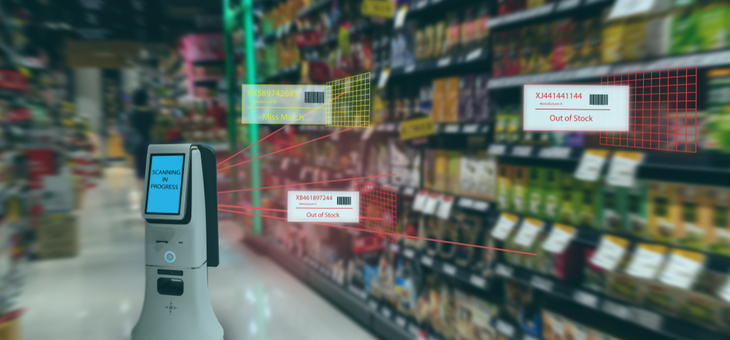COVID-19 has changed a lot about the way we live, especially the way we shop.
With the number of new customers choosing online grocery shopping as a safe, secure way to get their weekly staples, supermarkets are busy identifying the quickest and most convenient ways to get groceries to your doorstep.
Coles’ announcement of its new Click&Collect Rapid service would enable online shoppers to buy groceries online for pick up 90 minutes later at more than 400 stores across the nation.
The new platform is aimed at shoppers who “tend to have smaller baskets and shop more frequently as they can place their order during the day and collect it on the way home”, says Coles Online’s James Geddes.
“Whether it’s meat and vegies for a last-minute dinner, pet food for your dog, or making sure you have fresh bread for school lunches for the following day, Click&Collect Rapid takes the stress out of running to the supermarket for forgotten items,” he said.
Read more: How supermarkets get you to spend more
While convenience has always been a focus and feature of online shopping, delivery speed is the new frontier, Queensland University of Technology retail expert Professor Gary Mortimer told The New Daily.
“Speed has become the new currency of businesses today and this is particularly prevalent for food and groceries,” he says.
“While many consumers are very happy to order a T-shirt or a piece of sporting equipment online and wait a couple of days or a week for it to be delivered, when it comes to food and groceries it’s about urgency.
“This innovation from Coles indicates even more how much pressure supermarket retailers are under to continually speed up that process.
“So being able to order at four o’clock in the afternoon on your smartphone and then pick it up as you get off the train at 5.30pm is a very convenient and value-added experience.”
While Coles may have set a higher bar on retail speed and convenience, its main rival, Woolworths, is also embracing new technology to this end.
Woolworths chief executive Brad Banducci last week announced $50 million towards funding a ‘future of work fund’ to “help us equip our team with new skills and capabilities” and “supplement our existing investment in training and development”.
“The key focus will be in digital, advanced analytics, machine learning and robotics, with further investment slated for advanced customer service skills and agile ways of working,” he said.
Mr Banducci said the program was designed to upskill Woolworths’ 140,000 workers so that “no team member is left behind by this changing wave we are riding”.
Read more: Supermarkets urged to stop promoting unhealthy foods
Woolworths’ investment will go towards future-proofing its retail offering, with Prof. Mortimer adding that it’s “widely recognised that retail is going through a period of evolution, and that we’re seeing more self-service technologies play out”.
“We’re seeing a stronger move towards online shopping that’s creating new roles. And of course, in the future, there may be social robots that we will interact with, that will scan stock and provide directions around a big store.
“So as we move through this period of evolution of what the retail might look like in the future, I think it’s vitally important that we bring incumbent staff and team members along on that journey.”
Both Coles and Woolworths have invested in robotic technology in recent years.
Coles has already embarked on a $150 million automation project that should double its home delivery capacity.
Woolworths is also looking to robotics from warehouse floor to checkout, having opened its first Australian ‘eStore’ in December – a 2400 square metre facility adjoining an existing supermarket and featuring “state-of-the-art automated picking technology”.
Read more: Woolworths Metro cashless trial to expand in coming weeks
Woolworths smiley-faced instore robots have also been roaming stores for more than a year, cleaning up spills and checking stock levels, and customers can expect to see more trolley-sized self-service checkouts after successful trials in 2020.
Have you noticed anything different at your supermarket? What do you think of these changes?
If you enjoy our content, don’t keep it to yourself. Share our free eNews with your friends and encourage them to sign up.

